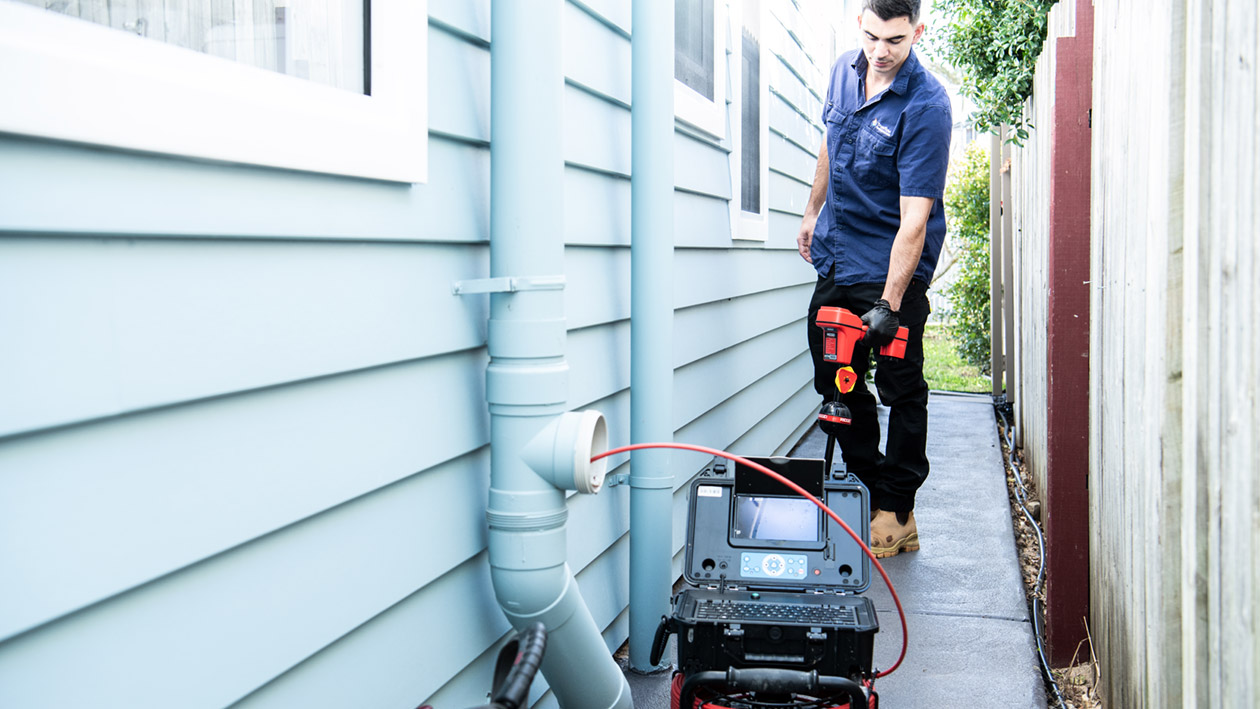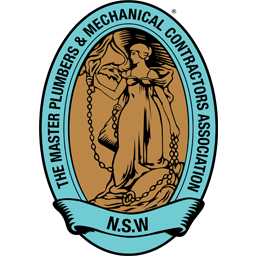Plumbing is the system of pipes, fixtures, and appliances that delivers fresh water to your home and safely removes wastewater. It’s essential for sanitation, hygiene, and overall health.
In this guide:
- प्लंबिंग सिस्टम की व्याख्या
- सामान्य नलसाजी सामग्री
- Plumbing Fixtures and Appliances: Bringing Water to Life
- Why Plumbing Matters
- How Plumbing Works in a Nutshell
- Plumbing Predicaments: Decoding Common Issues
- DIY or Call a Pro? Knowing Your Plumbing Limits
- History of Plumbing
- Plumbing Codes and Regulations: NSW Specifics
- आज ही अपना त्वरित उद्धरण प्राप्त करें!
Plumbing Systems Explained
A well-functioning home relies on multiple interconnected plumbing systems. Each system is crucial in delivering clean water and safely and efficiently removing waste. Let’s explore the main types of plumbing systems found in most homes:
Freshwater Supply System
This system delivers fresh, potable water from the municipal supply or a private well to your taps and appliances. It includes:
- Pipes: Typically made of copper, PEX, or PVC, these pipes transport water throughout your home.
- Valves: These control the flow and pressure of water within the system.
- Water Meter: Measures the amount of water used in your home.
- Water Heater: Heats water for use in showers, baths, and appliances.
Drainage System
This system removes wastewater from your home. It includes:
- Drain Pipes: Larger diameter pipes carry wastewater away from sinks, showers, toilets, and appliances.
- Traps: U-shaped bends in drain pipes prevent sewer gases from entering your home.
- Sewer Line: The main pipe carries all wastewater from your home to the municipal sewer system or septic tank.
Vent System
This often-overlooked system is crucial for proper drainage and preventing sewer gas buildup. It consists of:
- Vent Pipes: These vertical pipes connect to drain lines and extend through the roof.
- Air Admittance Valves: Allow air into the system to prevent pressure imbalances that can cause slow drainage or gurgling sounds.
Stormwater Drainage System
Separate from your indoor plumbing, this system manages rainwater and runoff to prevent flooding and water damage. It includes:
- Gutters and Downspouts: Collect rainwater from the roof and direct it away from your home’s foundation.
- Drainage Ditches or French Drains: Channel excess water away from your property.
- Catch Basins: Collect runoff and debris, preventing blockages in the drainage system.
Common Plumbing Materials
Plumbing relies on a range of materials, each chosen for its specific properties and purpose. While traditional metals like copper remain popular for their durability, modern plastics like PVC and PEX offer cost-effective and versatile alternatives. Understanding the different materials helps you appreciate the complexity and ingenuity of plumbing systems.
Piping Materials
- Copper Pipes: Renowned for their longevity and resistance to heat, copper pipes are common in water supply systems. They also boast natural antimicrobial properties, inhibiting bacterial growth within the pipe.
- PVC Pipes: Lightweight and corrosion-resistant, PVC pipes are a popular choice for drain lines, vent stacks, and outdoor applications. Their affordability and ease of installation make them a favourite among plumbers and homeowners alike.
- PEX Tubing: Flexible and easy to install, PEX (cross-linked polyethylene) is quickly gaining popularity for indoor water distribution. It’s resistant to freezing, scaling, and chlorine, making it a versatile and reliable option.
Valve Types and Functions
Valves control the flow and direction of water within your plumbing system. Here are some common types:
- Ball Valves: Featuring a rotating ball mechanism, these valves provide a tight seal for water, gas, and oil applications. They’re durable, easy to operate, and ideal for on/off control.
- Gate Valves: Best suited for completely open or closed positions, gate valves allow for unrestricted flow when open. They’re commonly found in main water shut-off valves and other applications where minimal flow restriction is desired.
- Check Valves: These ingenious valves ensure water flows in only one direction, preventing backflow that can contaminate the water supply. They’re crucial components in various plumbing fixtures, appliances, and irrigation systems.
Choosing the right materials for a plumbing system involves considering factors like cost, location, water pressure, and the intended lifespan of the installation. Understanding the benefits and limitations of each material helps ensure a safe, efficient, and long-lasting plumbing system.
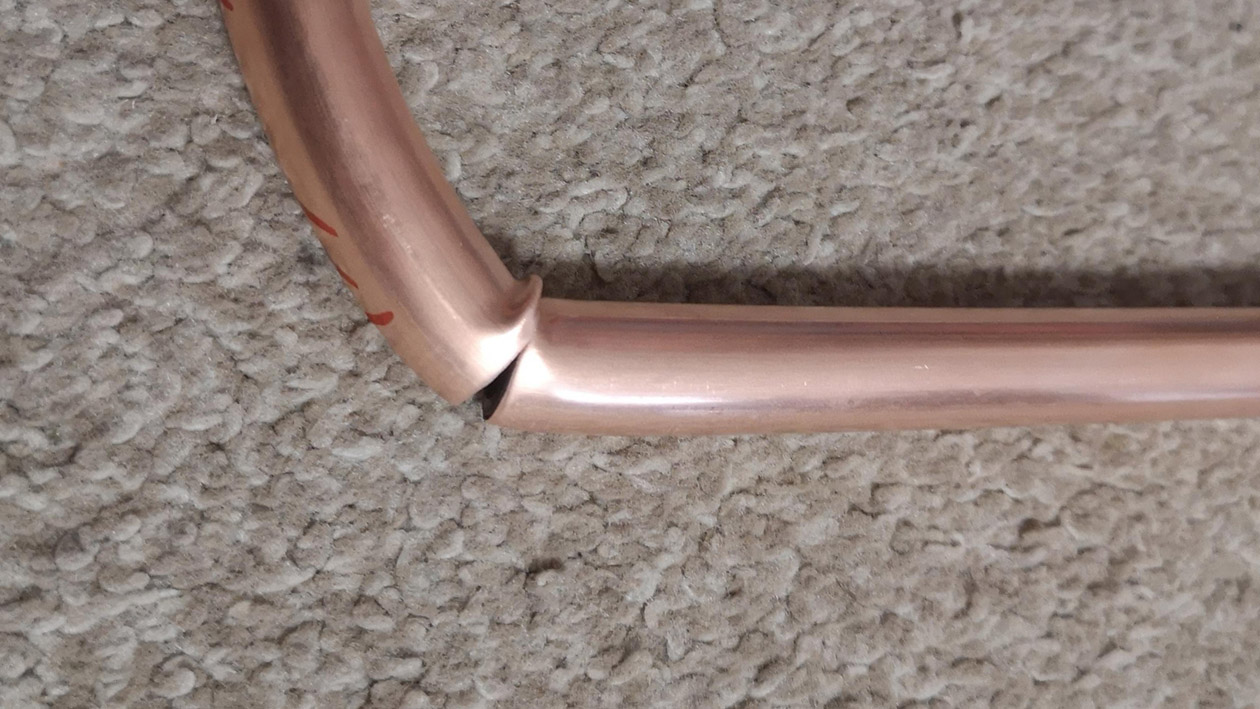
Plumbing Fixtures and Appliances: Bringing Water to Life
Plumbing isn’t just about hidden pipes; it’s about the fixtures and appliances that make our modern lives convenient and comfortable. From the kitchen sink to the bathroom shower, each fixture and appliance plays a crucial role and requires careful integration with the plumbing system.
Everyday Essentials: Sinks, Toilets, Showers, and Bathtubs
- Sinks: Available in many styles and materials, sinks are essential in kitchens, bathrooms, and utility rooms. They need to withstand daily wear and tear, efficiently drain wastewater, and complement the overall design aesthetic.
- Toilets: A cornerstone of modern sanitation, toilets have evolved significantly in recent years, with a focus on water efficiency and improved flushing mechanisms. Choosing the right toilet involves considering factors like flush volume, bowl shape, and overall design. Blocked toilets are a common occurrence in many households.
- Showers and Bathtubs: Offering relaxation and personal hygiene, showers and bathtubs come in various configurations, from luxurious freestanding tubs to space-saving shower stalls. Their installation requires careful planning to ensure proper water pressure, drainage, and temperature control.
Beyond the Basics: Water Heaters, Dishwashers, and More
- Water Heaters: These unsung heroes provide hot water for showers, baths, laundry, and dishwashing. Choosing the right water heater depends on your household’s hot water demands, energy source preferences (gas, electric, solar), and budget.
- Dishwashers: These time-saving appliances connect to both water supply and drainage systems, requiring proper installation to prevent leaks and ensure efficient operation. Modern dishwashers boast impressive water and energy efficiency, making them a valuable addition to any kitchen.
- Other Appliances: From refrigerators with ice makers to washing machines and even outdoor faucets, numerous appliances rely on a robust plumbing system. Their integration demands careful consideration to prevent overloading the system and ensure optimal performance.
Selecting the right plumbing fixtures and appliances for your home involves balancing functionality, efficiency, aesthetics, and budget. Understanding their individual requirements and how they interact with the overall plumbing system helps you make informed decisions for a comfortable and water-wise home.
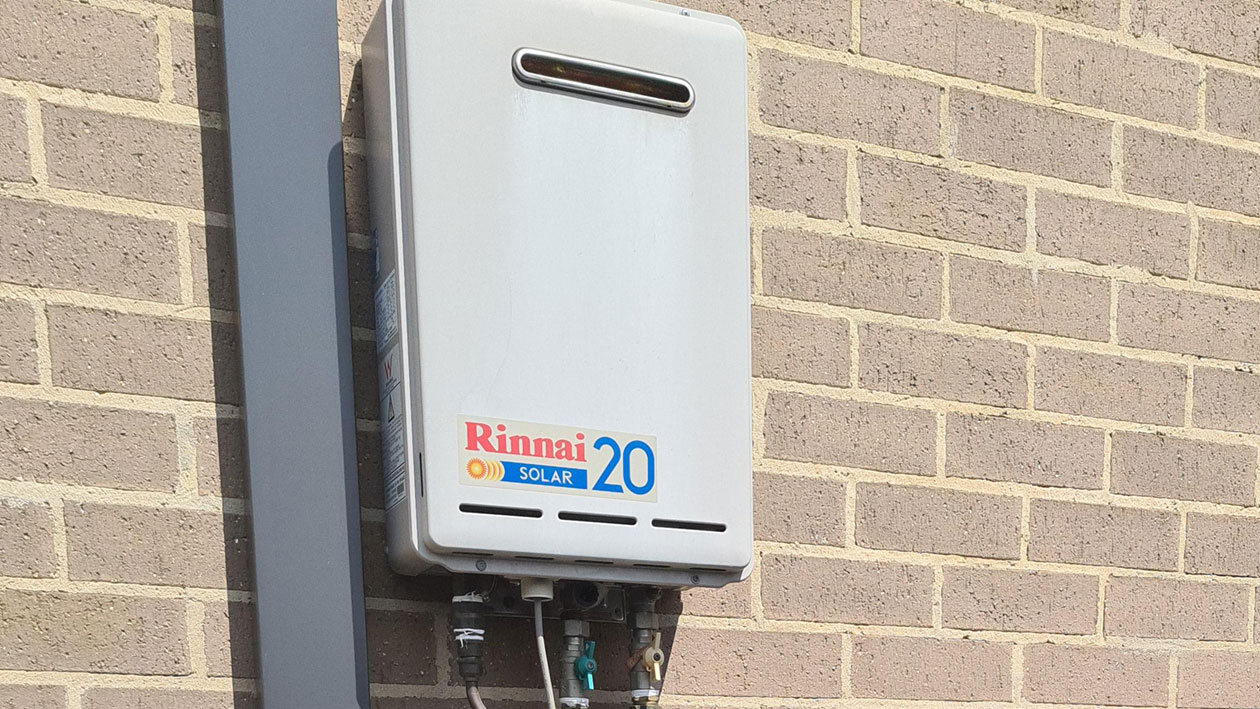
Why Plumbing Matters
We often take plumbing for granted, yet this intricate network of pipes, fixtures, and appliances plays a vital role in our health, sanitation, and overall well-being. Without properly functioning plumbing, our lives would be drastically different.
Sanitation: A Cornerstone of Public Health
Plumbing is our first line of defence against disease. It ensures safe and hygienic disposal of wastewater, preventing the spread of harmful bacteria and viruses that can contaminate our water sources and cause serious illnesses. Imagine life without toilets, sewer systems, or even a simple sink to wash your hands – the consequences for public health would be dire.
Clean Water: The Essence of Life
Beyond removing waste, plumbing delivers clean, potable water to our homes, schools, and businesses. This easy access to clean water is essential for drinking, cooking, bathing, and countless other daily activities. Plumbing ensures that this precious resource is readily available at the turn of a tap, safeguarding our health and well-being.
Everyday Comfort and Convenience
While its role in sanitation and health is paramount, plumbing also contributes significantly to our daily comfort and convenience. Imagine a day without a hot shower, a working toilet, or a functioning kitchen sink. Plumbing makes these everyday conveniences possible, allowing us to live, work, and thrive in comfortable and hygienic environments.
In short, plumbing is more than just pipes and fixtures – it’s a fundamental system that underpins public health, sanitation, and our modern way of life. Appreciating the importance of plumbing reminds us to value this often-overlooked aspect of our homes and communities.
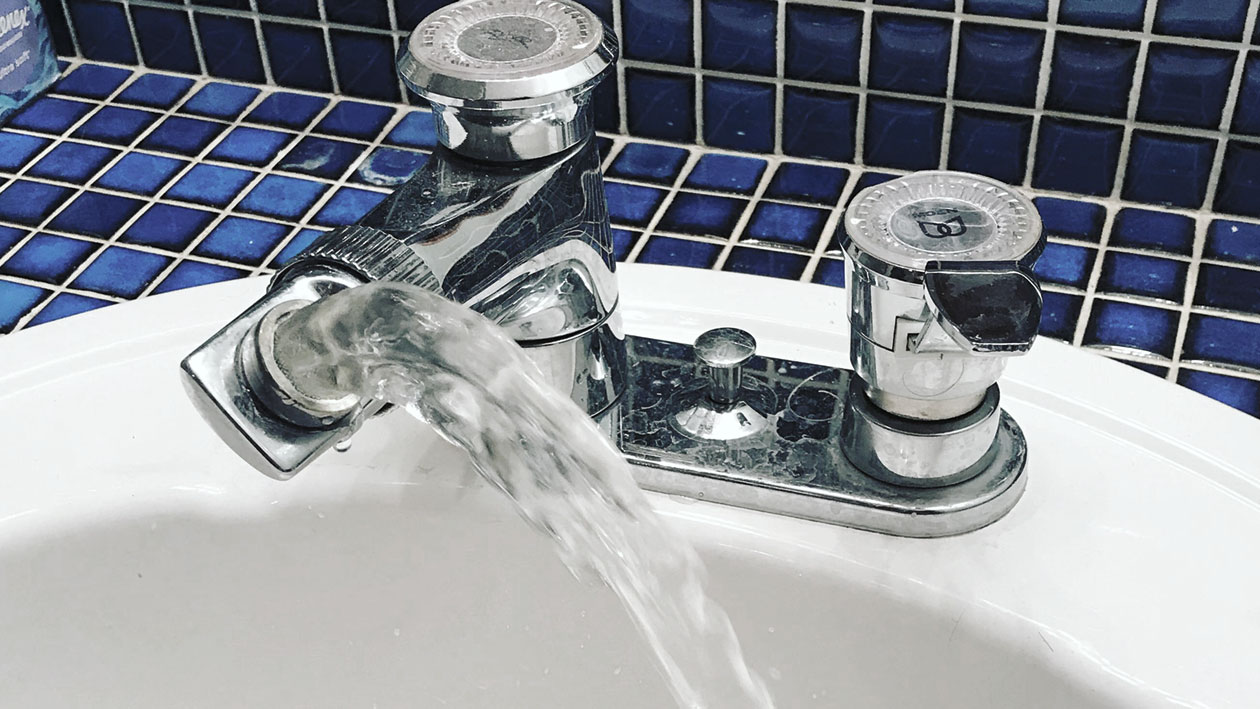
How Plumbing Works in a Nutshell
While a plumbing system can seem complex, the basic principles of how water enters and exits your home are relatively straightforward. Understanding these processes helps you appreciate the ingenuity behind this essential system.
Water Supply: From Source to Tap
- Source: Your water supply originates from a municipal water system or a private well.
- Main Line: Water enters your property through a main line, usually located underground.
- Water Meter: A meter tracks your water usage, measuring the volume of water flowing through the main line.
- Shut-Off Valve: A main shut-off valve allows you to cut off the water supply to your entire house in emergencies.
- Distribution Pipes: A network of pipes branches out from the main line, carrying water to various fixtures and appliances throughout your home.
- Fixtures and Appliances: When you turn on a tap or start a water-using appliance, water flows through the distribution pipes and out through the fixture or appliance.
Drainage System: Whisking Waste Away
- Point of Entry: Wastewater from sinks, showers, toilets, and appliances enters the drainage system through drain openings.
- Traps: U-shaped pipes called traps hold a small amount of water, creating a barrier that prevents sewer gases from entering your home.
- Drain Pipes: Wastewater flows downward through drain pipes, which are typically larger in diameter than supply pipes.
- Sewer Line: The main sewer line carries wastewater from your home to either a municipal sewer system or a septic tank.
- Treatment and Disposal: In a municipal system, wastewater undergoes treatment to remove contaminants before being released back into the environment. Septic systems treat wastewater on-site.
Plumbing Predicaments: Decoding Common Issues
Even the most well-maintained plumbing systems can encounter hiccups. Knowing the common culprits behind leaks, clogs, and other plumbing woes helps you address them swiftly and effectively.
Leaks: The Drip That Drains Your Wallet
- Dripping Taps: Worn-out washers, O-rings, or cartridges are often the culprits behind persistent drips.
- Leaky Pipes: Corrosion, loose connections, or extreme temperature fluctuations can lead to pipe leaks.
- Running Toilets: A leaky flapper valve, faulty fill valve, or cracked tank can cause a toilet to run continuously.
Clogs: The Bane of Smooth Flow
- Slow Drains: Hair, soap scum, grease, and food particles gradually accumulate in pipes, restricting water flow.
- Toilet Clogs: Flushing excessive toilet paper, sanitary products, or foreign objects can lead to stubborn blockages.
- Main Sewer Line Clogs: Tree roots, grease buildup, or collapsed pipes can obstruct the main sewer line, causing widespread backups.
Low Water Pressure: A Trickle of Trouble
- Clogged Pipes: Mineral deposits or debris buildup in pipes restricts water flow, reducing pressure.
- Faulty Pressure Regulator: A malfunctioning pressure regulator can disrupt the water flow to your home.
- Water Main Issues: Problems with the municipal water supply or your home’s water service line can affect overall pressure.
By understanding the potential causes of these common plumbing issues, you’re better equipped to address them effectively or communicate the problem clearly to a qualified plumber.
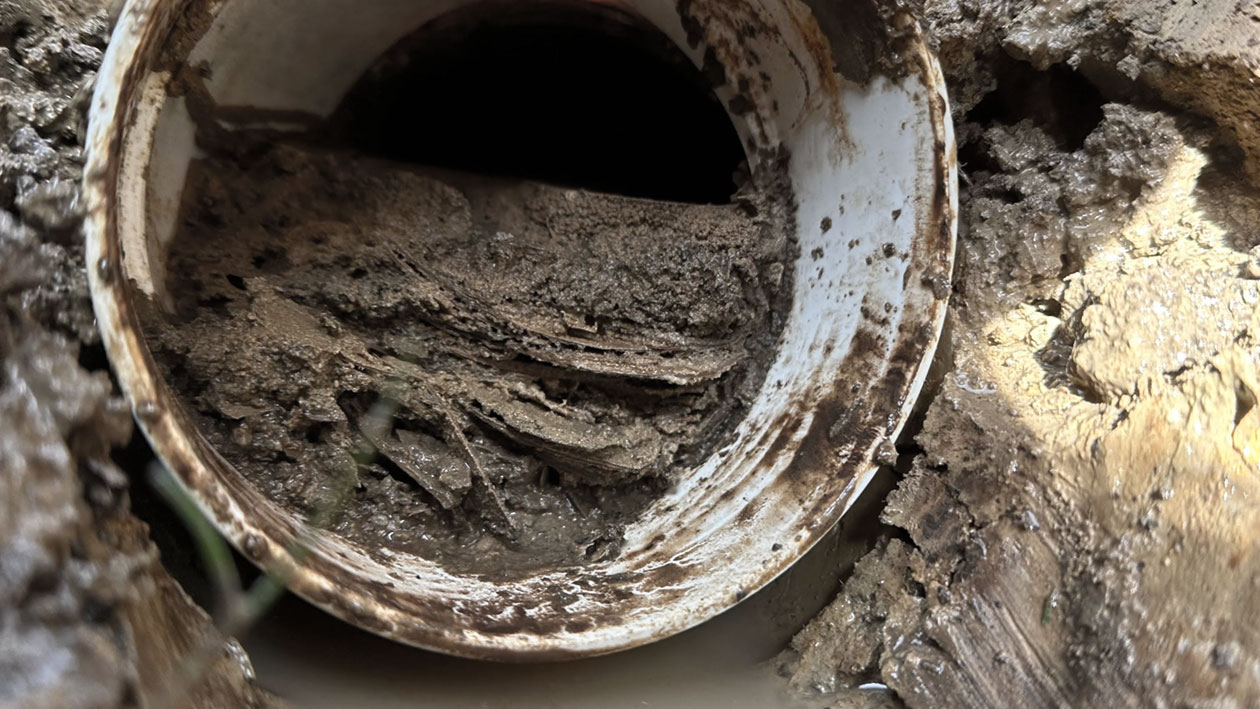
DIY or Call a Pro? Knowing Your Plumbing Limits
Every homeowner faces this dilemma – tackle a plumbing issue yourself or call a professional? While some tasks are well-suited for DIY enthusiasts, others require the expertise of a licensed plumber. Knowing the difference can save you time, money, and potential headaches.
When DIY Makes Sense
Simple plumbing tasks often fall within the realm of DIY, especially if you’re handy and enjoy learning new skills. Consider tackling these yourself:
- Replacing a Leaky Faucet Washer: This common repair involves disassembling the faucet, identifying the worn washer, and installing a new one.
- Unclogging a Shower Drain or Sink: Using a plunger or a drain snake can often clear minor clogs in sinks and showers.
- Tightening a Loose Connection: If you notice a leaking pipe joint, tightening the connection with a wrench might be all it takes.
When to Call in the Professionals
Complex plumbing issues or those involving major system components require the expertise of a licensed plumber. These situations demand specialised tools, knowledge of building codes, and experience to ensure safe and effective repairs:
- Major Pipe Work: Repairing or replacing sewer lines, water mains, or extensive sections of plumbing requires specialized equipment and knowledge.
- Installing New Fixtures: Properly installing toilets, sinks, showers, or water heaters involves connecting to water and drainage systems, ensuring proper venting, and adhering to building codes.
- Gas Line Repairs: Never attempt to repair or modify gas lines yourself. This work is strictly the domain of licensed gas fitters.
While DIY plumbing can save you money initially, mistakes can lead to more extensive damage and costly repairs down the line. Remember, professional plumbers offer expertise, experience, and guaranteed workmanship, providing peace of mind and long-term solutions.
History of Plumbing
Plumbing, like any essential technology, has a long and fascinating history. From ancient civilizations grappling with water management to modern innovations focused on sustainability, the evolution of plumbing reflects our ever-evolving relationship with this precious resource.
Ancient Origins
- Early Civilizations: The earliest plumbing systems emerged thousands of years ago in ancient civilizations like the Egyptians, Romans, and Greeks. These societies developed ingenious methods for transporting water using aqueducts, clay pipes, and gravity-fed systems.
- Roman Innovations: The Romans are renowned for their advanced plumbing infrastructure. Their sophisticated aqueducts carried fresh water over long distances, while their public baths and sewer systems showcased a remarkable understanding of sanitation principles.
The Rise of Modern Plumbing
- The Middle Ages: Plumbing advancements slowed during the Middle Ages, but the Renaissance brought renewed interest in sanitation and water management.
- The Industrial Revolution: The 19th century witnessed a dramatic transformation in plumbing with the advent of indoor plumbing. The widespread use of iron pipes, flush toilets, and sewer systems revolutionized sanitation and public health.
- 20th Century and Beyond: The 20th century brought further innovations, including the use of copper and plastic pipes, water heaters, and increasingly efficient fixtures.
Modern Plumbing: Efficiency and Sustainability Take Center Stage
- Water Conservation: Today’s plumbing focuses on water conservation, with low-flow toilets, faucets, and showerheads becoming increasingly common.
- Smart Technology: Smart plumbing systems offer leak detection, remote control of fixtures, and water usage monitoring, further enhancing efficiency and convenience.
From ancient aqueducts to modern marvels, the history of plumbing highlights our ongoing quest for improved sanitation, comfort, and responsible water management. Understanding this evolution helps us appreciate the ingenuity behind the modern plumbing systems we often take for granted.
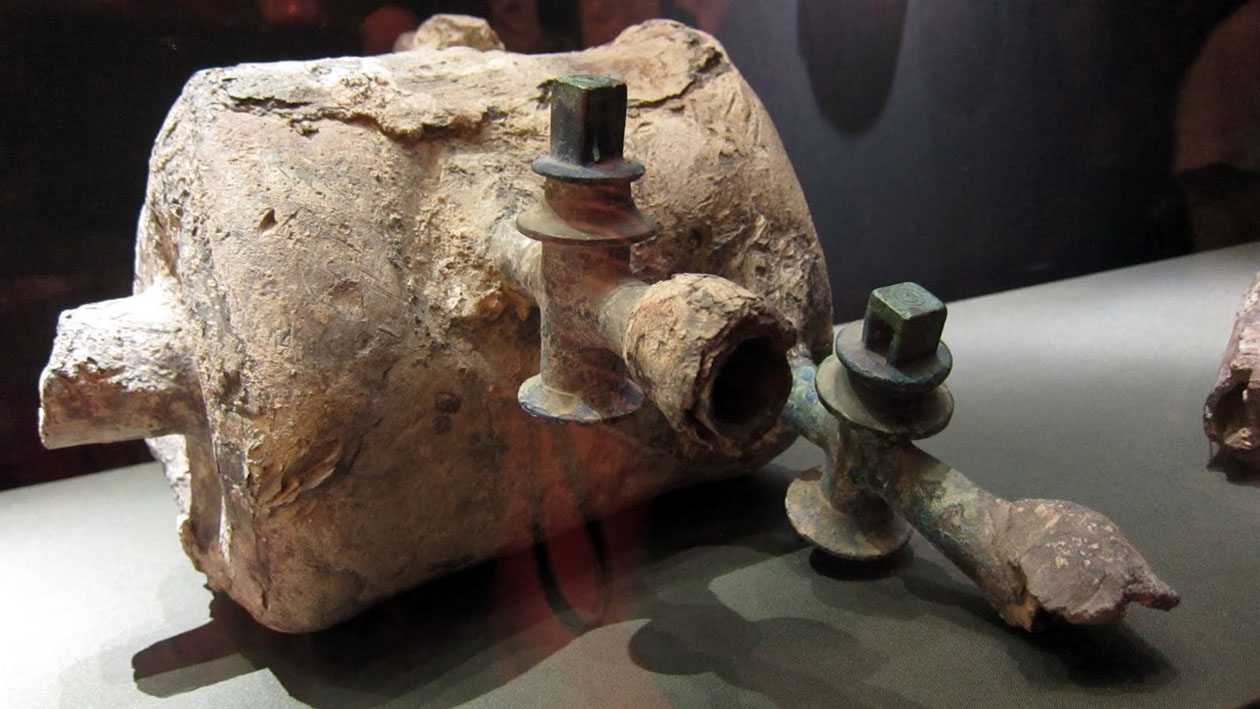
Plumbing Codes and Regulations: NSW Specifics
Navigating the world of plumbing regulations can seem daunting, but understanding the key players and principles in NSW helps ensure your projects meet the highest standards.
The Plumbing Code of Australia (PCA): Your Go-To Guide
The PCA acts as the bedrock of Australian plumbing regulations. This comprehensive document sets out the technical requirements for:
- Materials and Products: The PCA specifies acceptable materials for pipes, fixtures, and other plumbing components, ensuring durability and safety.
- Installation Standards: Detailed guidelines cover every aspect of plumbing installation, from pipe sizing and jointing techniques to backflow prevention and drainage system design.
- Water Efficiency Measures: The PCA promotes water conservation by setting standards for water-efficient fixtures and appliances.
NSW-Specific Regulations: Adding Another Layer of Assurance
In addition to adopting the PCA, NSW implements supplementary regulations tailored to the state’s specific needs:
- Water Services Code of Practice: This code delves deeper into water services, covering areas like backflow prevention, hot water system installation, and rainwater harvesting.
- Backflow Prevention is Non-Negotiable: NSW has stringent regulations to prevent contaminated water from flowing back into the public water supply. These include mandatory backflow prevention devices for certain installations and regular testing by licensed plumbers.
- Licensing Ensures Quality and Safety: Only licensed plumbers and drainers can legally perform plumbing work in NSW. This licensing system guarantees that practitioners possess the necessary skills and knowledge to adhere to the PCA and other relevant regulations.
By understanding and adhering to these regulations, homeowners in NSW can enjoy safe, efficient, and environmentally responsible plumbing systems. Remember, always engage a licensed plumber for all your plumbing needs – it’s the law and the safest route to a job well done.
